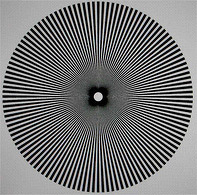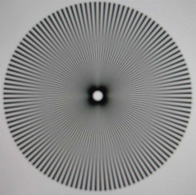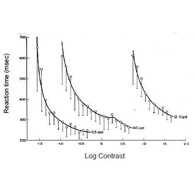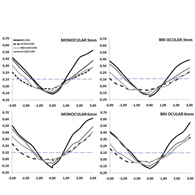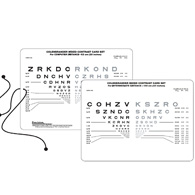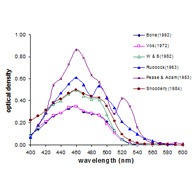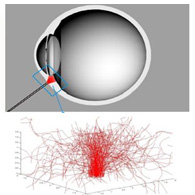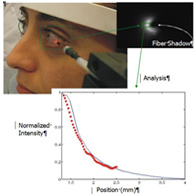General Information
The discipline of “Optics and Vision"
In the early twenty-first century, the study of human physiology and the treatment of diseases attract the attention of all the developed countries. The training of young scientists in areas resulting from the intersection of medicine with exact sciences, constitutes a strategic objective of the education of all Western countries. Such training provides all the prerequisites of a successful scientific career at both national and European level. The coupling of Medicine with such disciplines as mathematics and physics has been the driving force for a number of scientific research breakthroughs and innovations, some of which have revolutionised diagnostics and therapeutics.
The area of "Optics and Vision" is the field which arises from the intersection of Ophthalmology with exact sciences like Physics and Mathematics. This field has experienced and impressive expansion in recent years enriching "classic ophthalmology" with developments in fields such as neurophysiology, optics and lasers. This growth has created strong interdisciplinary partnerships between doctors, physicists, mathematicians, biologists and engineers. Achievements of this fruitful cooperation such as the use of lasers for the correction of myopia, the development of modern equipment for a detailed study of the optical system of the eye and application of space science for the visualisation of the living retina in microscopic level, have already become routine tools in ophthalmological clinical practice.
The University of Crete has a long track in this field. The Laboratory of Optics and Vision of the Department of Medicine is a typical example of a collaboration between scientists from the medical field and scientists from the field of applied sciences, with a particular interest in Optics and Vision, which has worked in a successful and highly efficient way. During the last 25 years, postdoctoral and postgraduate students from Departments of Applied Sciences (Physics, Mathematics, Computer Science, etc.) are staffing the Laboratory of Optics and Vision. This relationship has been the main driving force for a series of scientific activities in the laboratory that has led to innovation and international recognition. It is worth noting that scientists who have worked in the Lab have succeeded in gaining important positions both in the field of higher education and in the industry in Greece and other European countries. This interdisciplinary collaboration achieved a new level with the operation of the interdepartmental Postgraduate Programme in "Optics and Vision”.


